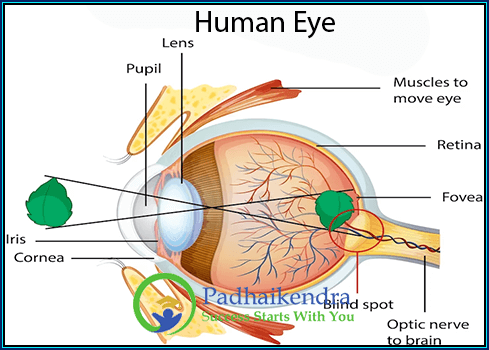A projectile is an object that is thrown or launched into the air and moves under the influence of gravity alone. Examples of projectiles include a ball thrown by a person, a cannonball fired from a cannon, or a rocket launched into space.
Motion of a Projectile
 The motion of a projectile can be described using the laws of physics, specifically the laws of motion and the effects of gravity. The trajectory of a projectile is a parabolic curve, which is determined by the initial velocity and the angle at which it is launched. The time of flight and the range of the projectile can also be calculated using these parameters.
The motion of a projectile can be described using the laws of physics, specifically the laws of motion and the effects of gravity. The trajectory of a projectile is a parabolic curve, which is determined by the initial velocity and the angle at which it is launched. The time of flight and the range of the projectile can also be calculated using these parameters.
In addition, the motion of a projectile can be affected by external factors such as air resistance and wind. The effect of air resistance on a projectile is dependent on the speed, shape, and size of the object, as well as the density of the air. Wind can also have an impact on the trajectory of a projectile, causing it to deviate from its intended path.
Applications of Projectile Motion
Projectiles have important applications in fields such as sports, military, and space exploration. In sports such as basketball and baseball, players use the laws of physics to control the trajectory and distance of the ball they are throwing or hitting. In the military, projectiles such as missiles and bombs are used as weapons to target specific locations or destroy enemy targets. In space exploration, spacecraft are launched into space as projectiles, using the laws of physics to navigate and explore the universe.
Planets and Satellites are sort of projectiles
 In a sense, planets and satellites can be considered as projectiles, although their motion is governed by different laws of physics than typical projectiles on Earth.
In a sense, planets and satellites can be considered as projectiles, although their motion is governed by different laws of physics than typical projectiles on Earth.
Planets, like Earth, orbit around the sun due to the gravitational attraction between the two objects. The motion of planets can be described by Kepler’s laws of planetary motion, which state that planets move in elliptical orbits around the sun with a constant speed and that the square of the orbital period is proportional to the cube of the average distance between the planet and the sun.
Satellites, on the other hand, are objects that are placed into orbit around a planet or other celestial body. The motion of satellites is also governed by the laws of gravity, but their orbits are affected by a variety of factors including the gravitational pull of the planet or body they are orbiting, the shape and size of their orbit, and the speed at which they are traveling. Satellites are used for a variety of purposes, including communication, navigation, weather forecasting, and scientific research.
While planets and satellites can be considered as projectiles in the sense that they are objects moving through space, their motion is much more complex and is determined by a range of factors beyond just the laws of motion and gravity that govern typical projectiles on Earth.





